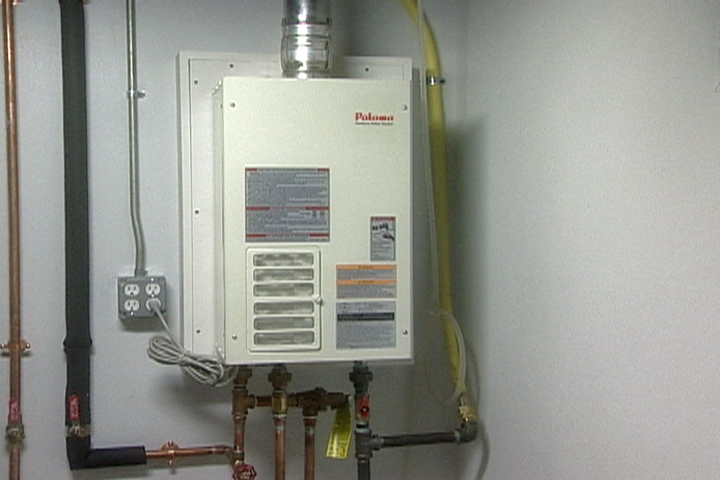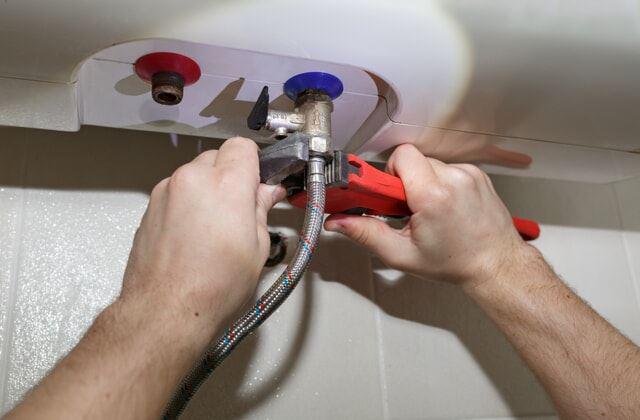Key Maintenance Tips for Your Home's Hot Water System
Key Maintenance Tips for Your Home's Hot Water System
Blog Article
Are you in search of additional info involving How to Maintain a Hot Water Heater in a Few Simple Steps?

Warm water is important for everyday convenience, whether it's for a rejuvenating shower or washing dishes. To guarantee your hot water system runs successfully and lasts longer, regular upkeep is essential. This article gives functional suggestions and insights on just how to preserve your home's hot water system to stay clear of interruptions and pricey repair services.
Intro
Maintaining your home's warm water system might appear complicated, but with a couple of easy steps, you can guarantee it operates efficiently for years ahead. This guide covers every little thing from comprehending your hot water system to do it yourself upkeep suggestions and recognizing when to employ professional assistance.
Significance of Keeping Your Hot Water System
Normal maintenance not only expands the lifespan of your warm water system however additionally guarantees it runs efficiently. Ignoring maintenance can cause reduced performance, higher power costs, and even premature failing of the system.
Signs Your Hot Water System Requirements Upkeep
Knowing when your hot water system requires interest can prevent major concerns. Keep an eye out for signs such as irregular water temperature level, strange noises from the heater, or rustic water.
Recognizing Your Hot Water System
Before diving into upkeep jobs, it's helpful to recognize the basic elements of your warm water system. Commonly, this includes the water heater itself, pipes, anode poles, and temperature level controls.
Monthly Maintenance Tasks
Routine regular monthly checks can assist capture small problems prior to they escalate.
Flushing the Water Heater
Flushing your water heater eliminates sediment buildup, boosting performance and extending its life.
Checking and Changing Anode Rods
Anode rods protect against deterioration inside the tank. Inspecting and replacing them when worn out is important.
Checking and Adjusting Temperature Setups
Adjusting the temperature setups makes certain ideal efficiency and safety and security.
Do It Yourself Tips for Upkeep
You can do numerous upkeep tasks yourself to maintain your hot water system in top condition.
Checking for Leaks
Regularly inspect pipelines and connections for leaks, as these can bring about water damages and greater expenses.
Evaluating Pressure Relief Valves
Testing the stress safety valve guarantees it works correctly and prevents too much pressure build-up.
Protecting Pipes
Insulating warm water pipelines decreases heat loss and can save power.
When to Call a Specialist
While do it yourself maintenance is beneficial, some concerns need expert know-how.
Complicated Issues Calling For Expert Help
Instances include major leaks, electric problems, or if your hot water heater is constantly underperforming.
Routine Specialist Upkeep Conveniences
Expert maintenance can consist of extensive inspections, tune-ups, and making certain compliance with safety standards.
Verdict
Regular upkeep of your home's hot water system is crucial for effectiveness, longevity, and expense financial savings. By following these pointers and understanding when to seek specialist assistance, you can make certain a dependable supply of warm water without unexpected interruptions.
Water Heater Maintenance Tips
Test the TPR Valve
Shut off the power and the cold-water supply valve. Place a bucket under the pipe connected to the temperature-pressure-release (TPR) valve on the top or side of the tank. (This valve opens if the tank pressure gets too high.) Lift the valve’s tab to let some water out, then let go. If water keeps flowing, drain the tank partway, unscrew the old valve with a pipe wrench, and install a new one. Check the Anode Rod
Put a hose to the tank’s drain cock and let out a few gallons of water. Now fit a 1 1/16-inch socket onto the rod’s hex head on top of the heater (or under its top plate) and unscrew the rod. If it’s less than ½ inch thick or coated with calcium, buy a new one, wrap its threads with Teflon tape, put it back in the tank, and tighten securely. Use this segmented rod if headroom above the tank is limited. Drain the Tank and Wash Out Sediment
Drain the remaining water in the tank into the bucket, then stir up the sediment on the tank’s bottom by briefly opening the cold-water supply valve. Drain and repeat until clean water comes out of the hose. Close the drain cock, refill the tank, and turn its power back on. Adjust the Temperature
Find the temperature dial on the side of the tank and unscrew its cover. Adjust the dial to 120 degrees using a flathead screwdriver. For every 10 degrees the temperature is lowered, you can expect to save up to 5 percent in energy costs. Turn the water heater off or the thermostat down to its lowest setting if you plan to be away from home for more than three days. Insulate the Pipes
Buy some self-sticking 3/8-inch-thick foam pipe insulation that matches the pipes’ diameter. Slide the foam over the hot-and cold-water pipes as far as you can reach. Insulating the cold-water pipe prevents condensation in summer. Peel the tape and squeeze the insulation closed. If the pipe is 6 inches or less from the flue, cover it with 1-inch-thick unfaced fiberglass pipe wrap. https://www.thisoldhouse.com/plumbing/21016402/how-to-maintain-a-water-heater

I discovered that entry on Tips For Maintaining Your Hot Water Heater when browsing the internet. Enjoyed reading our blog? Please share it. Help others locate it. Thank-you for taking the time to read it.
Book Maintenance Report this page